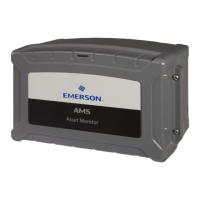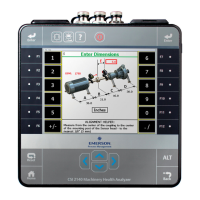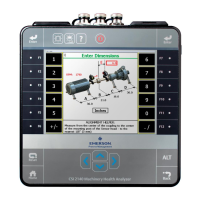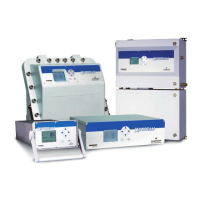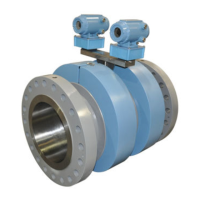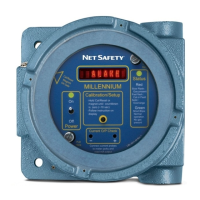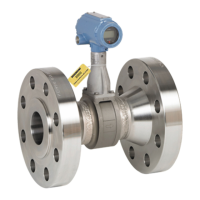User Instructions Section 5847
Spec. Nos. 586505000 and 5865055000 (Model LMS1000) Issue AL, July 24, 2006
Chapter 3. Commands Page 3-369
This document is property of Emerson Network Power, Energy Systems, North America, Inc. and contains confidential and proprietary information owned by Emerson Network Power, Energy
Systems, North America, Inc. Any copying, use, or disclosure of it without the written permission of Emerson Network Power, Energy Systems, North America, Inc. is strictly prohibited.
REPORT ALARM
(REPT ALM {EQPT/COM})
Referenced In: TR-NWT-000833, Issue 5; pg. 5-5
General Description: Generated by an LMS1000 to report the occurrence of alarmed
events. Trouble events occurring in LMS1000 are classified as alarmed or non-alarmed
events.
Related Commands: RETRIEVE-ALARM, RETRIEVE-CONDITION
Related Messages: REPORT EVENT
LMS1000 Equivalent: None
LMS1000 Message Format Variations:
<aid>
Identifies the single entity in LMS1000 to which the alarm pertains. If the message code
modifier is COM, then this parameter must be COM, indicating a system-wide failure that
is not specific to a particular sub-unit. A NULL value is not permitted with this parameter.
Parameter grouping cannot be used with this parameter.
<ntfcncde>
This is the notification code parameter associated with a single alarm condition given in
this block.
Valid values are as follows:
CR Critical alarm
MJ Major alarm
MN Minor alarm
CL Cleared alarm
Values are derived from the NOTIFICATION CODE attribute of the LMS1000 channel or
limit configuration with which the alarm condition is associated. Parameter grouping
cannot be used with this parameter.
<condtype>
This is the condition type parameter of the alarm indication being given in this block.
Values are derived from the CONDITION TYPE attribute of the LMS1000 channel or limit
configuration with which the alarm condition is associated. Parameter grouping cannot
be used with this parameter.
<srveff>
This is the service effect parameter associated with a single alarm condition given in this
block.
Valid values are as follows:
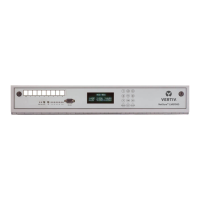
